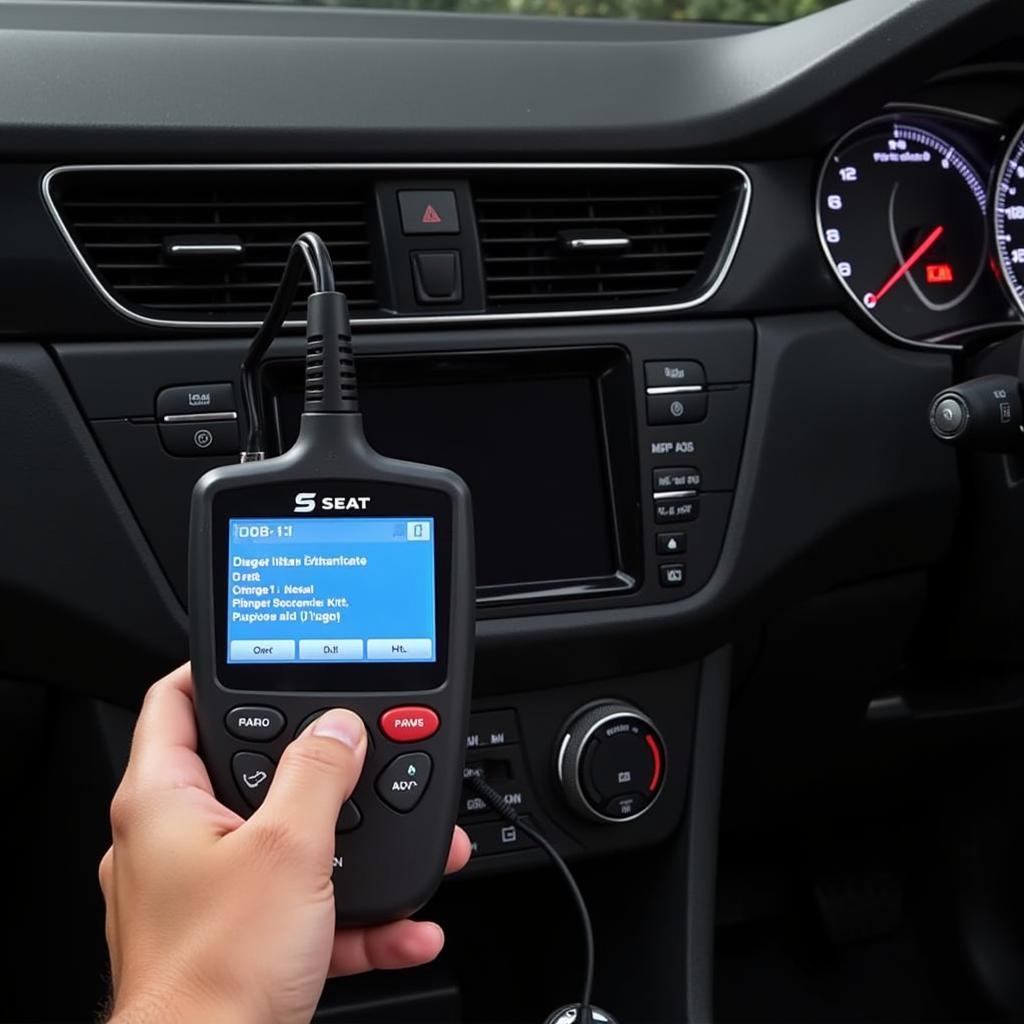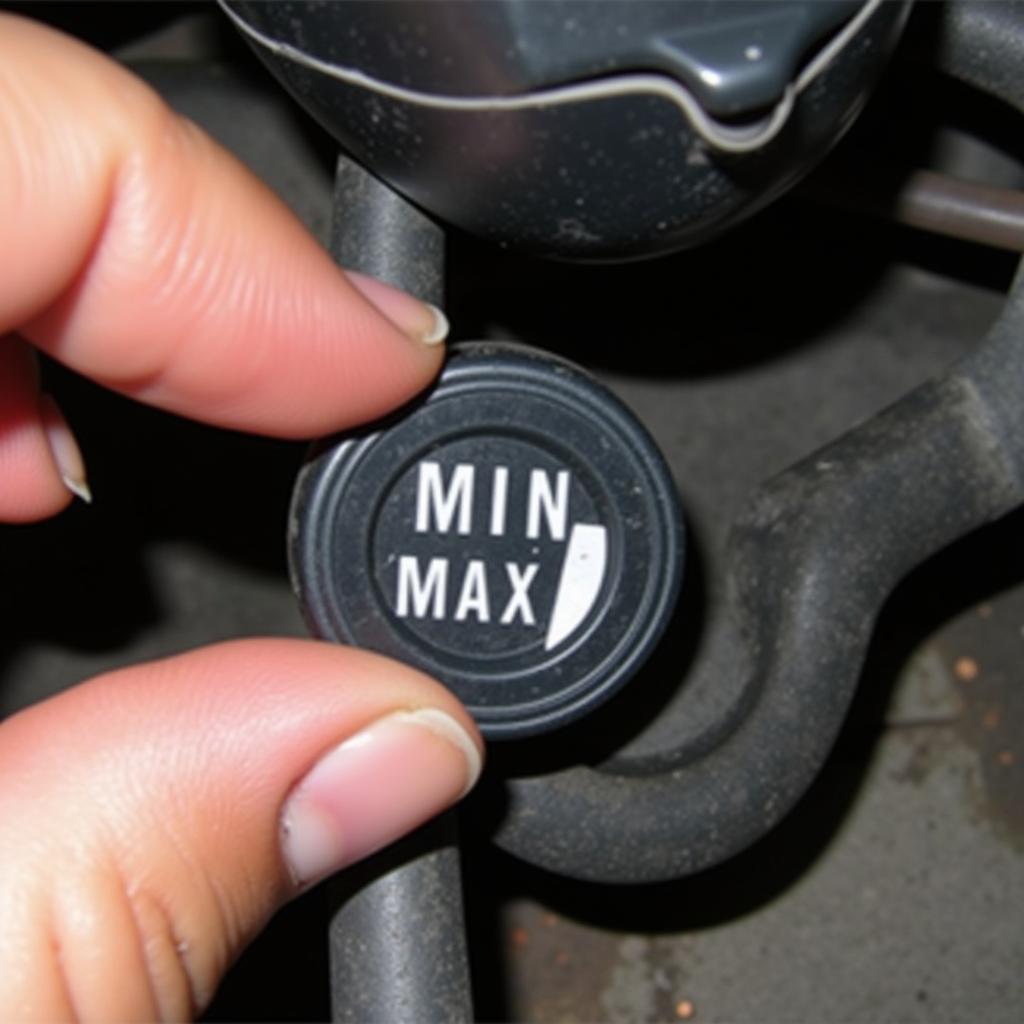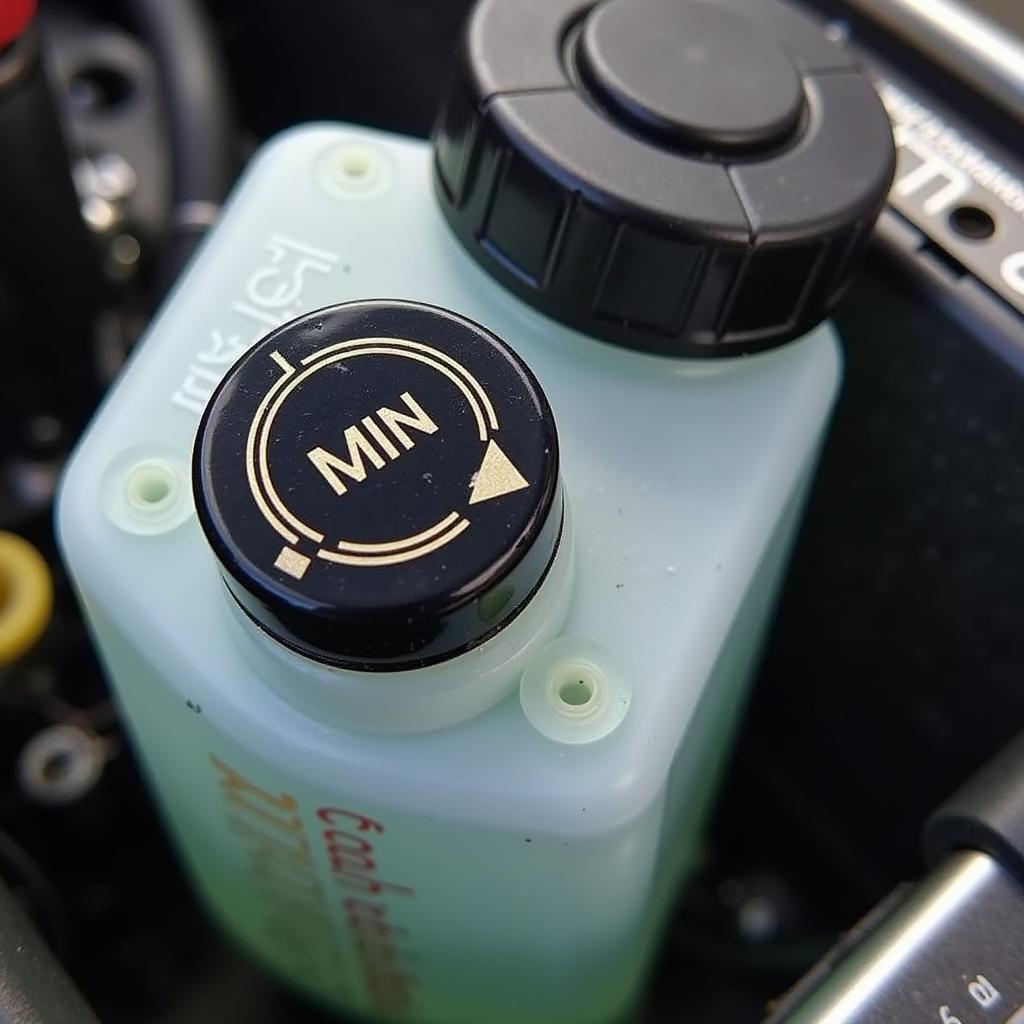That ominous orange light glowing on your Seat’s dashboard can be unsettling. It’s a signal from your car’s onboard computer that something requires attention. This article will help you decipher what that orange warning light on your Seat might be trying to tell you, empowering you to take the appropriate action. We’ll cover everything from common causes to diagnostic techniques and solutions, even touching on remote software fixes.
As a specialist in automotive electrical engineering, focusing on remote diagnostics, programming, and software installation for vehicle repair, I’ve seen firsthand how frustrating these warning lights can be. This guide is designed to equip you with the knowledge to confidently address the issue.
Common Causes of a Seat Orange Warning Light
There are various reasons why your Seat might display an orange warning light. These lights range from minor inconveniences to potentially serious issues that require immediate attention. Some of the most common causes include:
- Emissions System Issues: Problems within the emissions system, such as a faulty oxygen sensor or catalytic converter, can trigger an orange warning light.
- Sensor Malfunctions: A malfunctioning sensor, like the ABS sensor or the coolant temperature sensor, can activate the warning light.
- Electrical Problems: Faulty wiring, a weak battery, or a failing alternator can cause intermittent electrical issues resulting in a warning light.
- Transmission Problems: Issues within the transmission, particularly in automatic vehicles, can trigger a warning light.
You can learn more about dashboard warnings for Seat Ibiza at dashboard warning symbols seat ibiza.
Diagnosing the Orange Warning Light
Determining the exact cause of the orange warning light often requires more than just a visual inspection. Here’s a step-by-step approach to diagnosing the issue:
- Consult Your Owner’s Manual: Your owner’s manual is the first place to look. It usually contains a section dedicated to explaining the various warning lights and their potential meanings.
- Use an OBD-II Scanner: An OBD-II scanner is a valuable tool that plugs into your car’s diagnostic port and retrieves trouble codes stored by the car’s computer. These codes provide specific information about the issue.
- Visual Inspection: Check for any obvious physical signs of damage or wear, such as loose wiring or leaking fluids.
- Professional Diagnostics: If you’re unable to pinpoint the problem, consult a qualified automotive technician for professional diagnostics.
 Using an OBD2 Scanner to Diagnose Seat Orange Warning Light
Using an OBD2 Scanner to Diagnose Seat Orange Warning Light
Fixing the Issue
Once you’ve identified the cause of the orange warning light, the next step is to address the problem. Depending on the severity and complexity of the issue, the solution could range from a simple DIY fix to a more involved repair requiring professional assistance. Sometimes, the fix may involve replacing a faulty sensor, repairing damaged wiring, or even addressing a more complex issue within the engine or transmission.
For specific issues with the orange warning light on a Seat Ibiza, you can refer to seat ibiza orange warning light.
 Mechanic Repairing a Seat with an Active Orange Warning Light
Mechanic Repairing a Seat with an Active Orange Warning Light
Remote Diagnostics and Software Solutions
In today’s technologically advanced world, many car problems can be diagnosed and even fixed remotely. Remote diagnostics involves connecting your car’s computer to a specialized software program that allows technicians to access and analyze the car’s data from a distance. This technology can be incredibly valuable, particularly for resolving software-related glitches that might be triggering the orange warning light. In some cases, a simple software update installed remotely can resolve the problem without requiring a physical visit to a repair shop.
“Remote diagnostics is revolutionizing the automotive repair industry,” says John Miller, a certified automotive technician with over 20 years of experience. “It allows for faster and more efficient troubleshooting, especially for software-related issues.”
You can also explore resources for the orange warning light specifically on the Seat Ibiza at orange warning light seat ibiza.
Conclusion
An orange warning light on your Seat doesn’t necessarily mean impending doom. It’s a valuable indicator that something needs your attention. By understanding the potential causes, employing appropriate diagnostic techniques, and exploring available solutions like remote software fixes, you can effectively address the issue and keep your Seat running smoothly.
FAQ
- What does a flashing orange warning light mean? A flashing orange light typically indicates a more urgent issue that requires immediate attention.
- Can I drive my Seat with an orange warning light on? While it might be possible to drive short distances, it’s generally not recommended as it could potentially worsen the problem.
- How much does it cost to diagnose a seat orange warning light? Diagnostic costs vary depending on the complexity of the issue and the labor rates of the repair shop.
- Are there any DIY fixes for an orange warning light? Some issues, such as a loose gas cap, can be easily fixed at home. However, more complex problems require professional attention.
- How can I prevent future orange warning lights? Regular maintenance, such as oil changes and fluid checks, can help prevent many issues that trigger warning lights.
- What is the difference between an orange and a red warning light? Red warning lights usually indicate serious issues that require immediate action, while orange lights generally signal less critical problems.
- Can remote diagnostics fix all orange warning light issues? No, remote diagnostics are most effective for software-related problems. Hardware issues may still require physical repairs.
If you are experiencing brake fluid warning symbols on your BMW, you can find more information at bmw warning symbols brake fluid.


